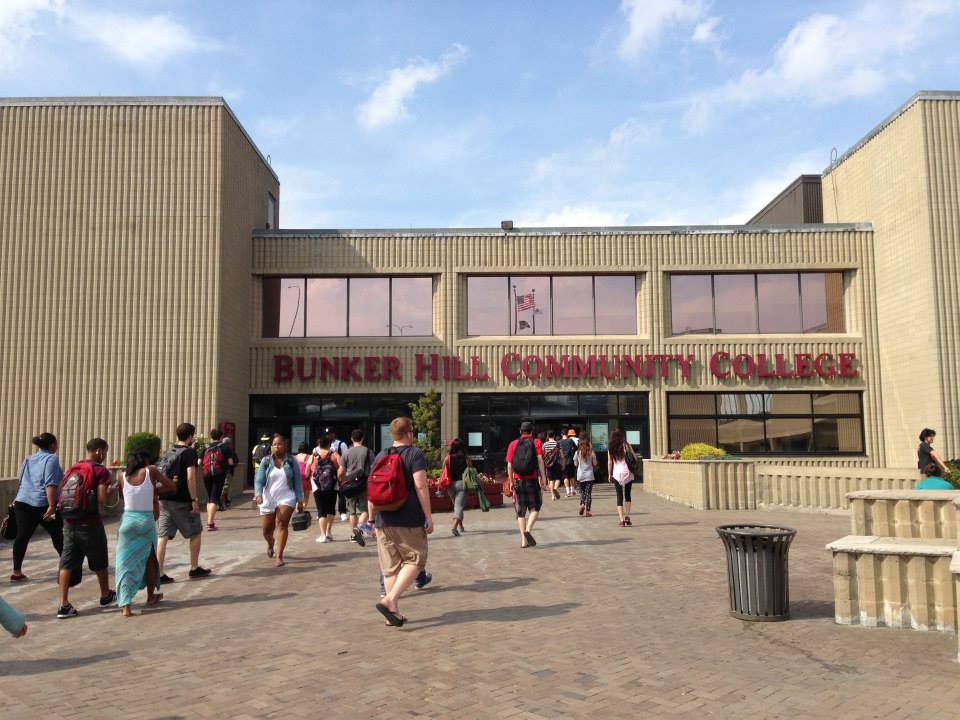ONE OF THE SHOWPIECE initiatives in this year’s budget – free community college for all in Massachusetts – builds on an earlier Healey administration program and looks poised to survive the governor’s veto pen this afternoon.
“I think of it as opening doors in every level of higher education,” Sen. Jo Comerford of Northampton said on The Codcast. Discussing the landscape of higher education in Massachusetts, the Senate chair of the Joint Committee on Higher Education said accessible community college is an essential part of the ecosystem of entwined public and private Bay State institutions.
While chairing the committee mid-pandemic, Comerford said she was “looking at the rife and completely exposed inequities in the Commonwealth in terms of who was hit the hardest. And I thought to myself, how are we as a legislature, as a government, going to honor the fact that these inequities have always been here in the Commonwealth? We can just see them now and they’re claiming lives and they’re ravaging communities, and yet we knew they were there before the pandemic.”
There were opportunities before the committee, hearing consistently about enrollment stagnation and the intersection of housing, educational, and basic cost of living affordability crises.
“And I challenged myself going into the next session,” she said, “to say that I wanted to work on the great equalizers, the great equity engines.”
Last year’s budget launched the MassReconnect program, which went into effect in August 2023. Under MassReconnect, students over 25 can attend community college in Massachusetts for free, which Comerford credits for an 8 percent jump in community college enrollment after about a decade of decline. Nursing students, regardless of their age, can also attend community college for free.
“We saw people go back to college who never thought college could be for them, because it was just too financially daunting, too logistically impossible for them to juggle on top of everything else they were doing in their lives, including caring for their families, putting food on the table, working.” Comerford said.
The new free community college MassEducate initiative builds on that foundation, she said, covering not just tuition and fees for students of all ages, but a baseline of $1,200 per academic year for books and supplies plus another $1,200 for low-income students who qualify for federal Pell Grants.
Some $256 million this cycle is dedicated toward financial aid for students attending any public higher educational institution, Comerford said, which comprises a healthy chunk of the $2 billion packed into the fiscal year 2025 budget directed at higher education.
“Even though the Senate focused this session on free community college, we’re doing it inside a vibrant four-year ecosystem of higher education,” Comerford said. “And we see this as a value-add to the entire ecosystem.”
This year’s pilot balloon on higher ed is a $2.5 million program – “arguably not a lot of money,” Comerford said – aimed at students at state universities and community colleges to cover unanticipated costs. Legislators will watch how the funds get dispersed, but they are designed to cover “the unfunded basic needs such as transportation, food security, short-term housing, or childcare” to help students persist in their education.
The governor’s office touted the community college program plus investments in transportation, childcare, and literacy in its schedule announcing Gov. Maura Healey’s plan to sign the budget on Monday.
Plenty of challenges remain in higher education, Comerford is quick to note. The state “lost ground” from 2001 in both public education spending and the amount spent per student, she said. Even with much discussion focused on federal financial aid expansions and student debt forgiveness – “I say, yay, and thank you to President Biden” – Comerford said there will be specific focus through a new higher education quality and affordability commission on reducing student debt and what it will take to boost recruiting full-time and adjunct faculty and staff.
Annual surveys of graduate students show more of them leaving academia for industry, citing a pivot to relying on adjunct professors and an increasingly tight higher education hiring market.
Comerford says the state is not currently meeting the capital needs of its higher education system, though the revenues brought in from the Fair Share Amendment tax on high-earners offer a relatively new stream of funds dedicated to education and transportation.
“The number that was quoted back in March was $6 billion of deferred maintenance on our public campuses,” Comerford said. “Now, we took a leap forward with the governor in the last budget, and I think that was meaningful. But, quite honestly, it didn’t come close to addressing what we need to address.”
Capital infrastructure impacts students, she said, “because if campuses aren’t able to educate students in healthy buildings, or buildings that embody the ability to teach 21st century skills – an engineering building for example, or a bioscience building, or an architecture building – we are not going to be able to get them as far ahead as they want to go and as we want them to go.”
The post Comerford calls free community college one of the ‘great equalizers’ appeared first on CommonWealth Beacon.

